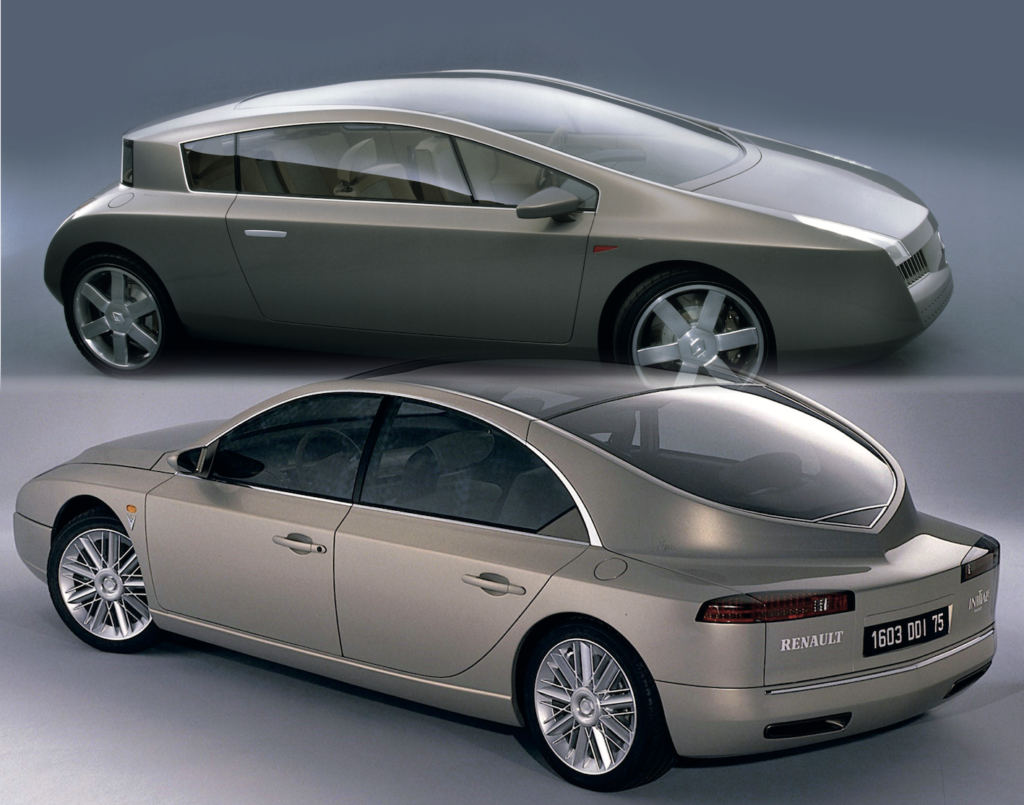
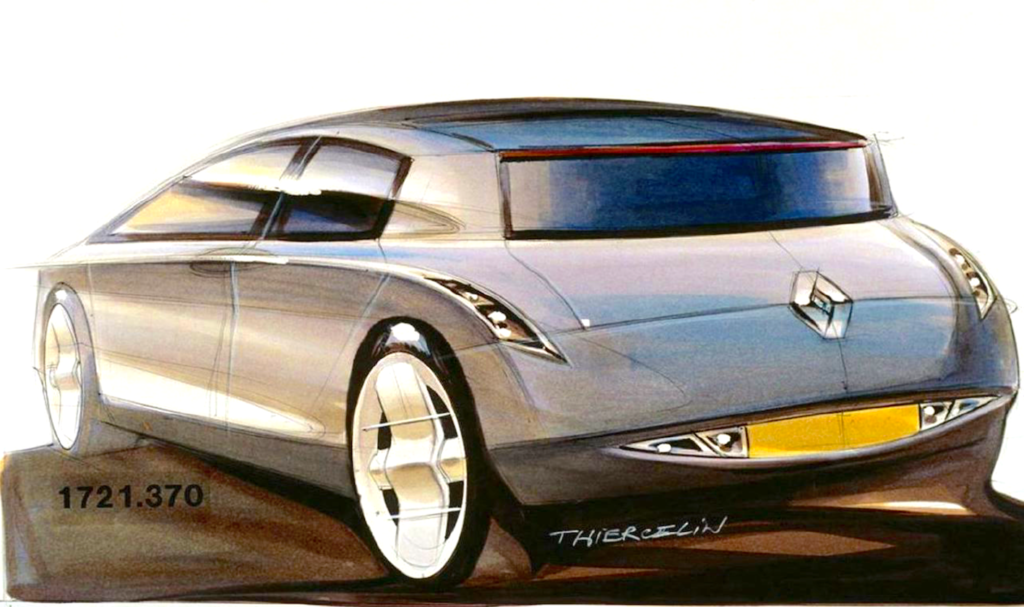
In the world of design, there are as many designers as there are personalities. While egos often take centre stage, talent is sometimes sidelined, plunging the designer into a state of confusion that any normal human being can sink into. Florian Thiercelin was one of those unfathomable designers. A little distant, some would say, and undoubtedly hard on himself.
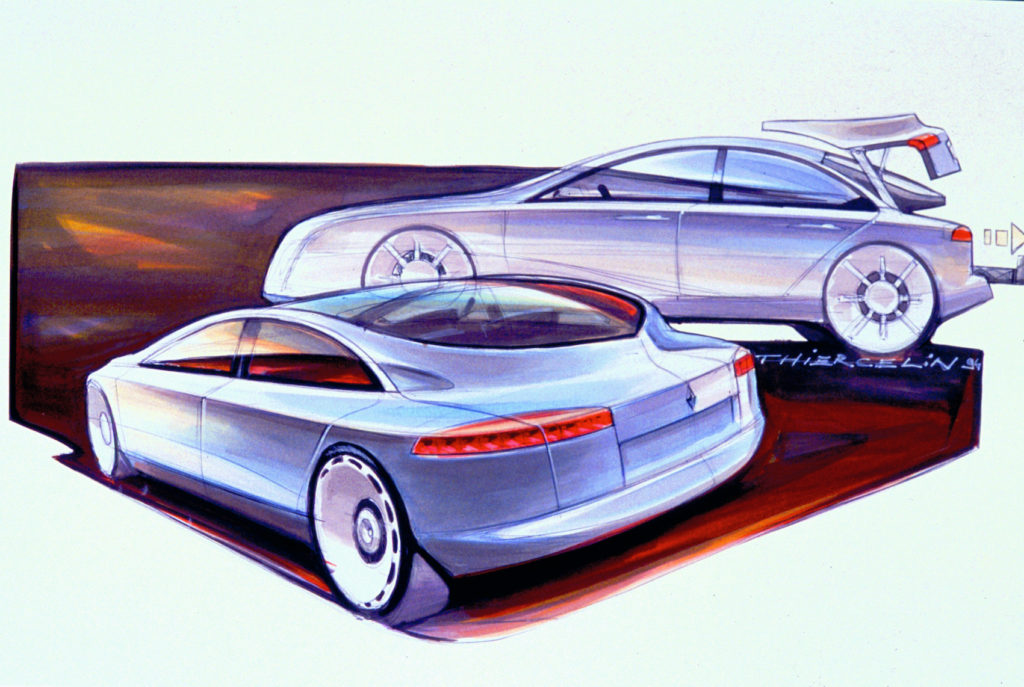
But he was a great designer in terms of talent. “He would come up with ideas that would lead to unprecedented proposals,” recalls Patrick le Quément, Renault’s Director of Industrial Design at the time. These were flashes of brilliance capable of magnifying a talent that bubbled up from deep within. His first concept car, the 1995 Initiale, is a jewel. Together with his friend Fabio Filippini, who designed the interior, Florian laid the foundations for a new flagship of the French top-of-the-range. This concept quickly evolved into the X73 project (below) for a replacement for the ‘Safrane’.
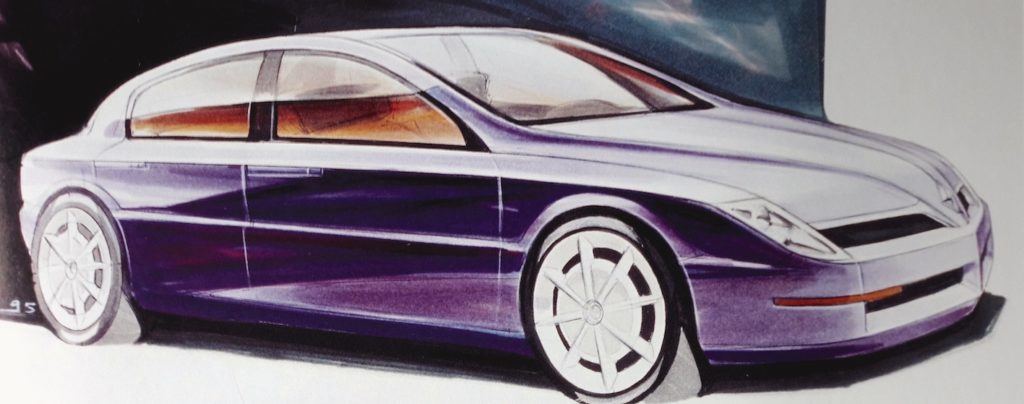
Ambitious, low-slung, elegant and refined… But from project to series, the Initiale lost its way. In the turmoil of a project that was undergoing so many changes, Florian Thiercelin continued his work. Three years later, he produced a sketch as small as the project was big: the concept car for Renault’s centenary. Jean-François Venet and Patrick Le Quément had to select the sketch that would become the VelSatis concept car in 1998.
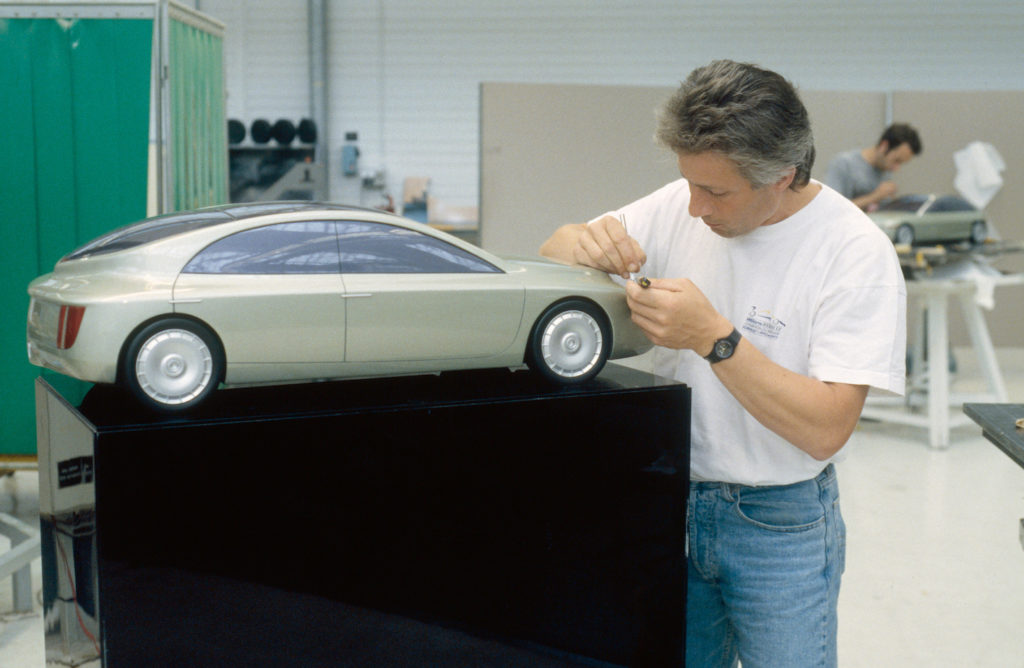
Le Quément recalls that “we wanted a car that expressed dynamism, a vehicle that represented the next 50 years. In the room where all the drawings are on display, I can’t really find what I want. I’m looking for something that expresses the symbolism of this anniversary, but I can’t find it. Jean-François Venet is there and he understands me… And then, on a panel slightly to one side, I came across a drawing with such a different background.”
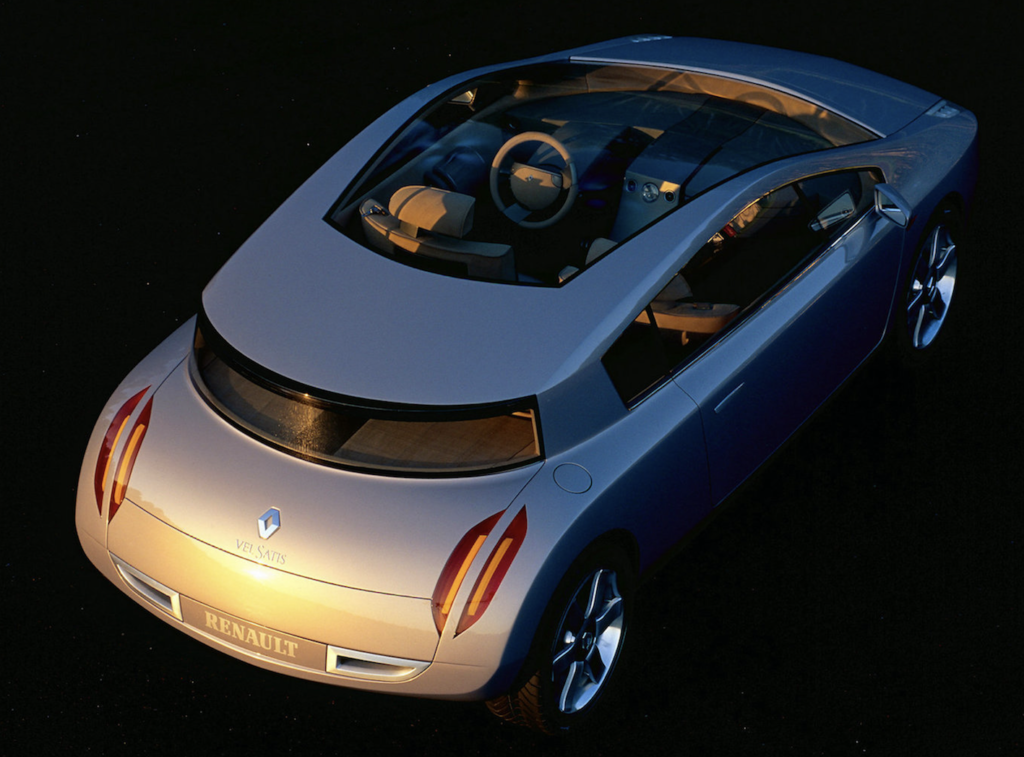
“I immediately thought that we had our theme. Florian Thiercelin’s sketch expresses modernity with the unibody concept at the front, while the rear is quite simply flamboyant and plunges us into the context of large post-war bodywork. We’re banking everything on this design, which is very small, but the spirit is there.” This is the concept car that will have the greatest influence on production models, including the Mégane-2 below, the Scénic and the Avantime.
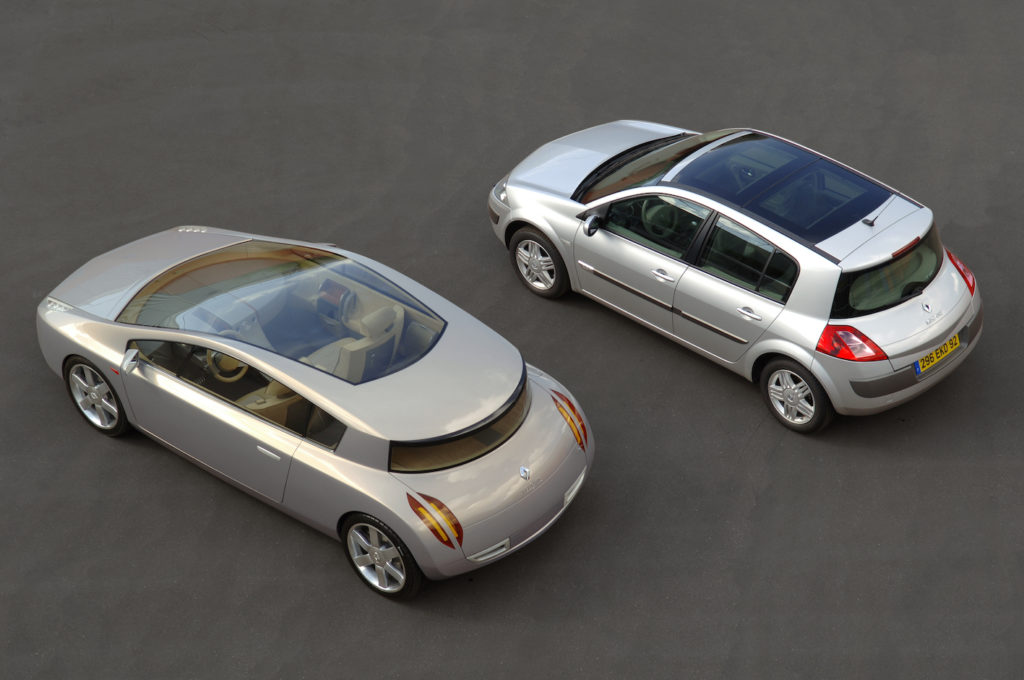
Florian Thiercelin was helped in the process of turning his drawings into volumes by the late – and also… – Jean-François Venet. After the Initiale, his second masterpiece was the VelSatis concept car. But while others around him are beginning to shine in the light, including those he beat in internal design competitions, Florian seems to be ignored. Why wasn’t this genius supported and pushed on to greater responsibilities?
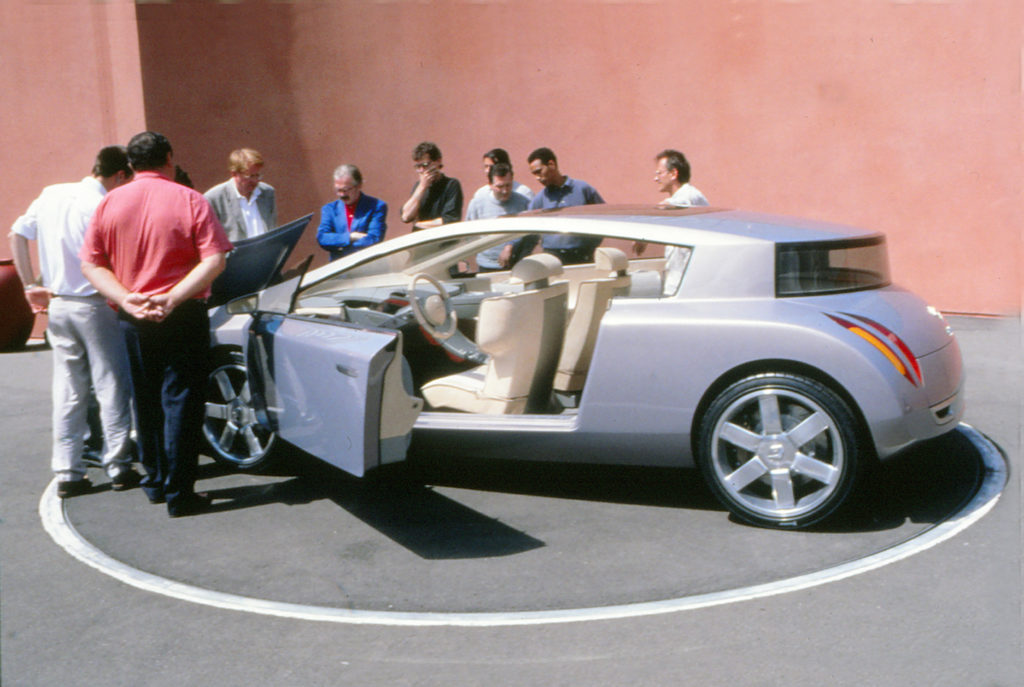
To find out for sure, I called Florian in 2019, when he was writing the book ‘Concept cars and prototypes from Renault studies’, in which his two babies, the Initiale and VelSatis, feature prominently. His reply was somewhat sibylline. “Naturally, it’s up to you to write what you like. For my part, I like critical history,” he replied by e-mail.
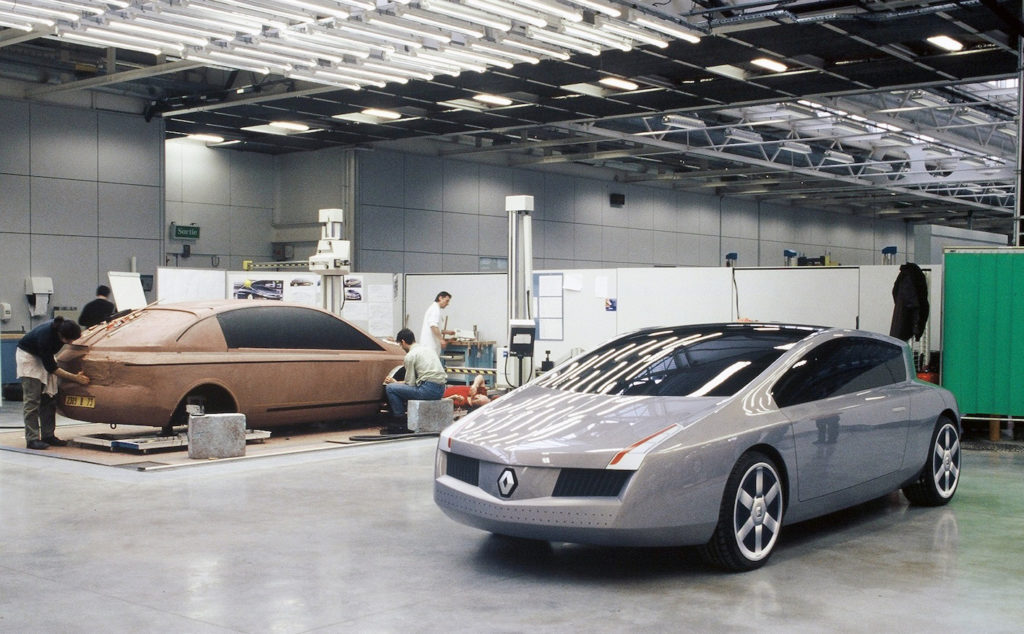
Florian’s email continues: “You may have noticed my discretion, or even my strict absence from social networks. So I’m making an exception here to reply to you. I’ve had some really happy moments in my past business. Having said that… I don’t want to add my voice to that of others who might have a different point of view from mine. So, and I apologise in advance, I particularly want to keep quiet about this period when I was involved in Renault design. As you will have gathered, the outcome was not what I might have hoped for. Perhaps I’m not distancing myself enough from the past. There’s no doubt that you’ll find more prestigious people than me to talk to about the subject you’re dealing with. So I salute your professionalism. As for the coffee, it’s up to you.”
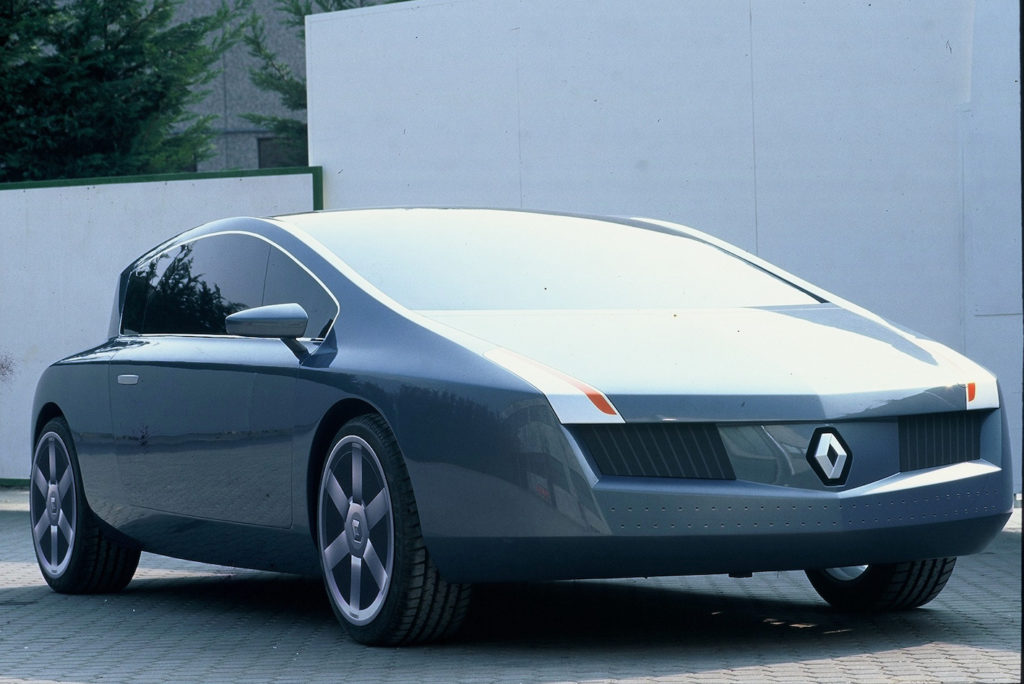
We had that coffee and even those two lunches that will remain engraved in my memory. Florian was different, discreet, perhaps eroded by a professional life that he no doubt hoped would be different. But every morning, when he arrived at the studio, I dare to hope that he felt dignified as he walked through the doors, proud of his two creations that have forever marked the history of Renault design. Yes, I hope so. Florian was 52 years old. Our thoughts are with his wife, Caroline, and his family.
